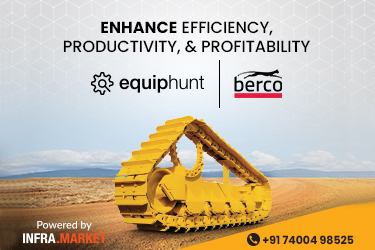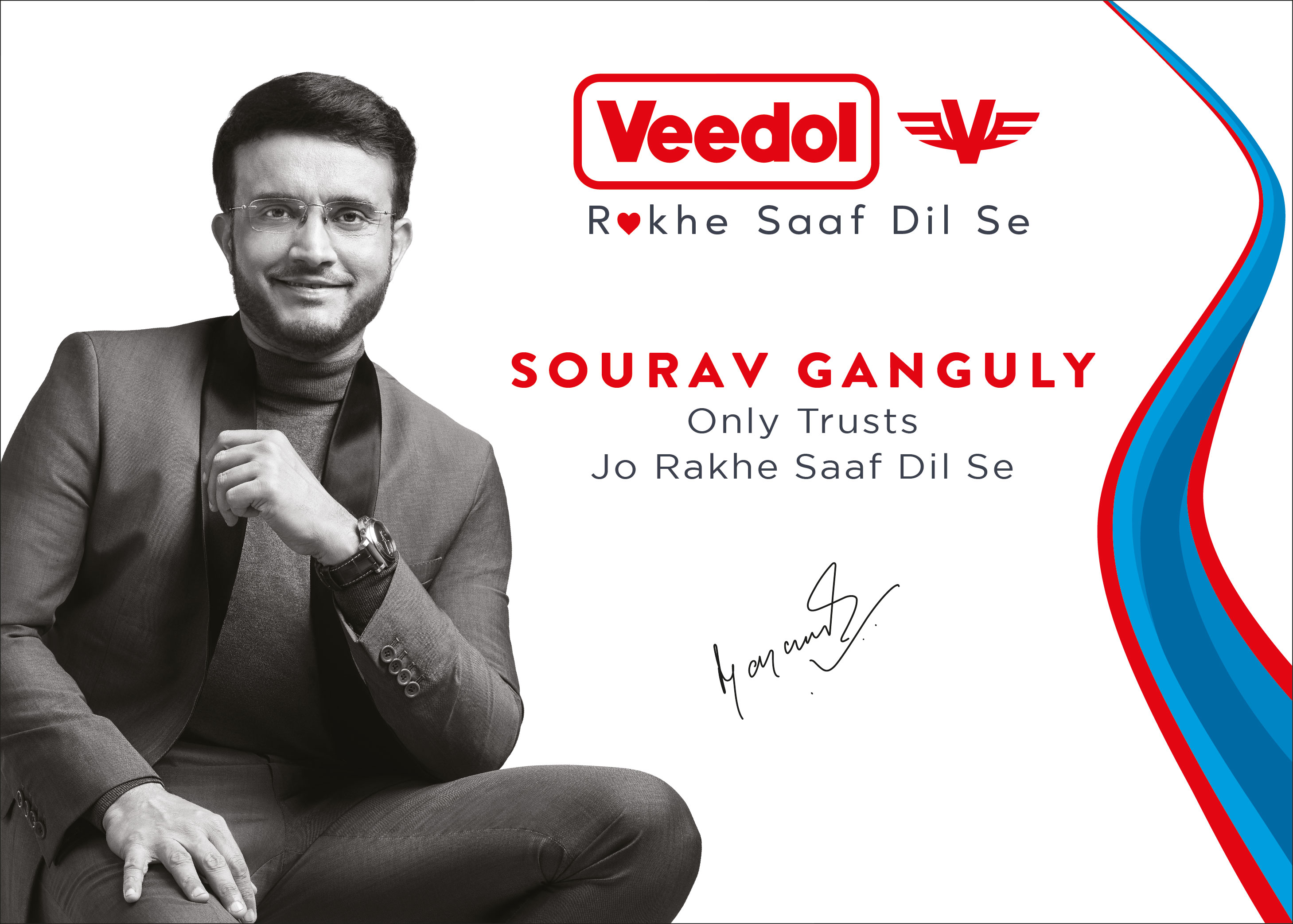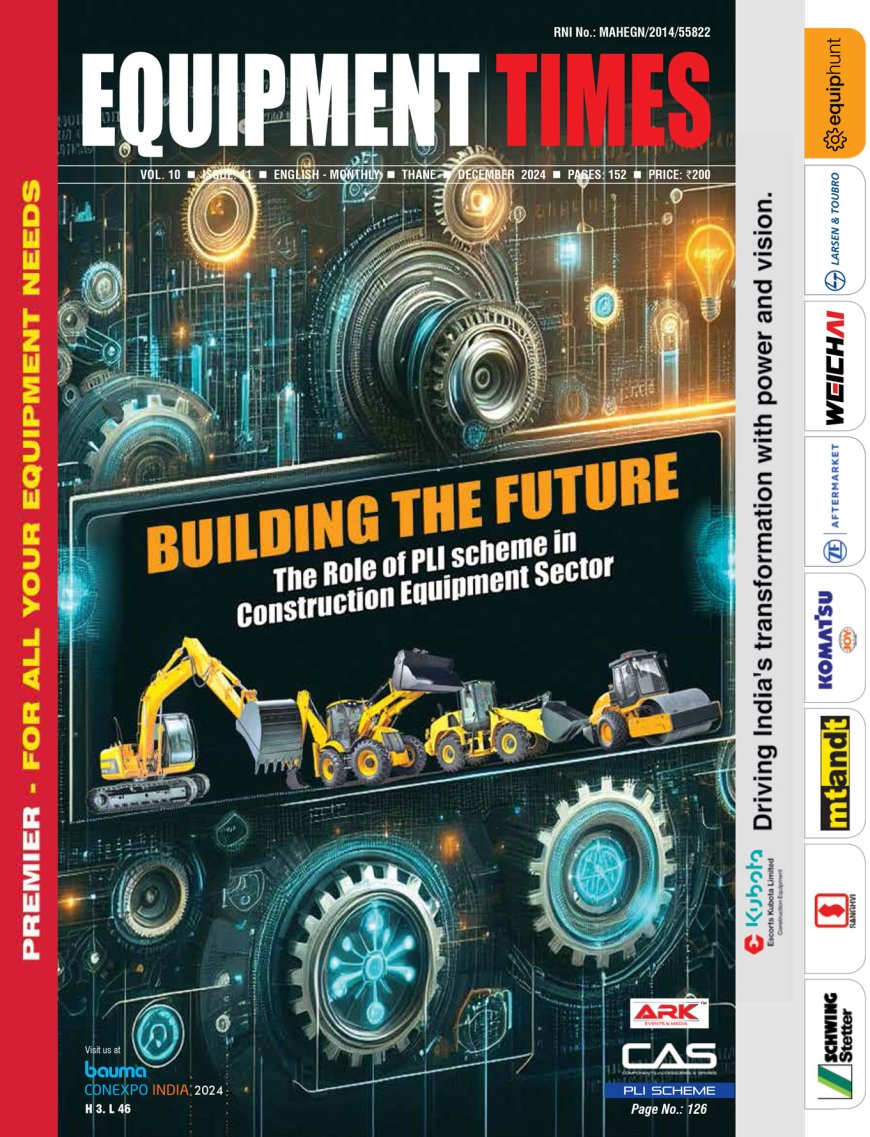We intend to scale up our aftermarket services
Raunak Varma, Managing Director, CNH Industrial (India). ‘At Case, 100% of all our equipment is telematics enabled that allows us to understand our customers’ needs.’[/vc_column_text][ultimate_spacer height=”10″] Neil Woodfin, VP CE AMEA, ce Global Alliances.[/vc_column_text][ultimate_spacer height=”10″][vc_empty_space
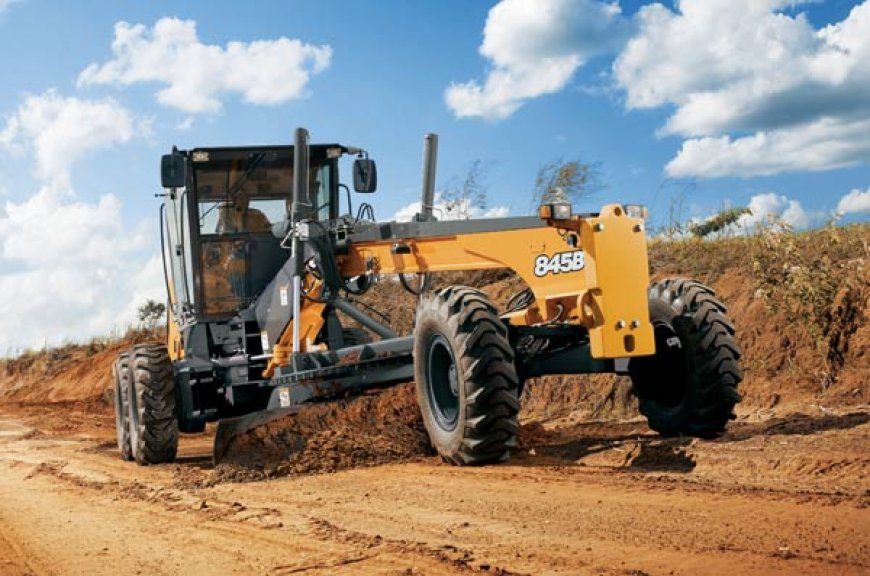
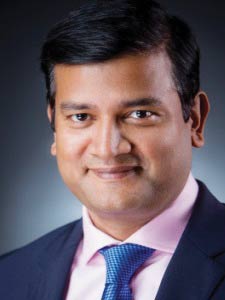
Raunak Varma,
Managing Director,
CNH Industrial (India).
‘At Case, 100% of all our equipment is telematics – enabled that allows us to understand our customers’ needs.’[/vc_column_text][ultimate_spacer height=”10″] 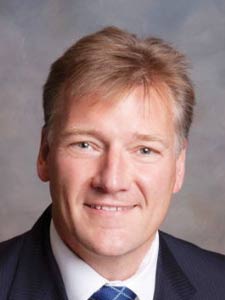
Neil Woodfin,
VP CE AMEA,
ce Global Alliances.[/vc_column_text][ultimate_spacer height=”10″][vc_empty_space height=”10px”] How do you assess the current growth scenario?
Raunak Varma : This year has been a tough year. But looking at the growth opportunities, India is the highest growth market in the construction industry and will continue to be so. The demand for infrastructure is high, demand for realty is expected to be high and we can benefit from these growth opportunities. Though there has been a decline in the market due to code of conduct and granting of contracts, and freezing cash flow of contractors in the market, we know that the government is very much committed.
Neil Woodfin : We are going to see different countries around the world bringing in very different dynamic situations. We expect china to decline by 10% next year. At the same time, Russia has seen good growth. But India we hopeto see sound growth next year and that is what we are banking on.[/vc_column_text] How geared up is Case India to meet the expected demand surge?
Neil Woodfin : We will continue to invest in localising products here in India for both domestic and export market. There would be a big investment here in India to make sure that we got our products which comply with stringent norms and standards. We look at augmenting our manufacturing footprint and will continue to leverage the growth potential of India not only in our products but also key components that we can use elsewhere around the world to manufacture our products.[/vc_column_text] Is there any specific product range you are planning to expand?
Neil Woodfin : Over the coming years you will see excavator range expanded. We can supply 20 tonne out of India and we want to supply other excavator units either from China or Japan or Indonesia.[/vc_column_text] What is the new range unveiled during Excon?
Neil Woodfin : Every year we are bringing in new products to Indian market. Last year we launched the dozer and the year before we launched motor grader; and this year we have introduced a 20T excavator. There has been increasing demand from our customer for 20T excavatorsand the newly launched excavator meets the customer needs at the lowest cost, and is not just designed for the Indian market but also for export market.[/vc_column_text] How do you rate the success of the grader and dozer you launched?
Raunak Varma : Over the last couple of years grader has been largest success story. We started with zero and we are at 16% of the market for the grader. We are sourcing the product from Brazil and our Brazil platform gives us quite acompelling proposition. The dozer market is very small. We have encouraging feedback from our customers and we see a very steady demand, and the best part is that we have repeat customers. Our key customers have actually visited our plants in Brazil and have seen the manufacturing processes and quality of our equipment.[/vc_column_text] Tell us the role of R&D in indigenising the product to suit the Indian market conditions?
Raunak Varma : We are a global company and the product we are launching here is a global product and it is not something we have built from scratch in India. We have built these machines to suit Indian conditions. We have done extensive product validation in India, especially in the mostrigorous and gruesome testing conditions such as quarry and marble and so on. Based on it, we have strengthened the structure integrity of the machine far more than some of the other markets. Not only does it bring the rigour and structural reliability of Indian conditions but also give us quality and finesse of demand of export markets and therefore we provide a much more valuable product for our customers whether it is in India or abroad.[/vc_column_text] How you have been able to get a level playing field while competing with local manufacturers in terms of pricing as well as quality?
Neil Woodfin: I think the only way you can do that is my building on local supply base here. Because of the industry growth a lot of Tier 1 suppliers are now localised here and we are able to source quality components. So quality is nevercompromised and we cannot afford because we are also exporting these products. We are constantly looking at eliminating any non value activities or non value added componentsor features on products to ensure what we are delivering are exactly what our customer’s needs. That serves us very well when we go and export that product because we then have a product also that is more competitive in our export markets.[/vc_column_text] How smart and intelligent are your latest launched products?
Raunak Varma : Digital technology enables or bridges the gap between the understanding of OEM vis a vis the customer and the equipment. At Case, 100% of all our equipment is telematics – enabled that allows us to understand our customers’ needs; how he is actually using our equipment etc. This helps us to advise him in terms of better utilisation of the machine, servicing intervals etc. That is a platform we are building around our products and customers.
How do you address the connectivity issues?
Neil Woodfin : All of our telematics are 2G enabled because 4 G is a challenge today. All alerts not only go to the operator but also to our service mechanics as well. So it is not just the customer who is getting reminder. It is then transmitted to the concerned dealer wherever the customers machines is planted. There will always be blind spots but our telematics product while it goes offline continues to maintain or record the information. So the moment it connects back immediately it will push back all the information necessary to the customer. I think those capabilities are critical.[/vc_column_text] How challenging is the aftermarket support, especially in India?
Neil Woodfin : The aftermarket is very critical in this industry. We have ensured that we are working with an integrated group of warehouses so that customers within 48 to 72 hours time frame are taken care of. We can prioritise the parts supply to the customer to ensure the uptime. Then of course,we also have ensured the availability of appropriately trained staff on the field. This is where telematics is also helping because you have in built diagnostic in product today to allow it to ably diagnose to get the machine up and running as early as possible.
How do the trends move compared to global markets?
Neil Woodfin : The customers’ demands are same the world over. Maintaining uptime is important than anything else. If you look at more mature markets like North America and Europe innovations have been legislative-driven. All of us are focusing on bringing out new engines that comply with our new legislations. India now is also going through that trend as this year we will see the introduction of new emission norms. India is fast picking the best on what those markets are focusing.
Raunak Varma : If you ask specifically on aftermarket, we are actually planning to put India as a centre of the distribution for a lot of our parts business. That would not come without the confidence of the group within the aftermarket and logistics and distribution capabilities. There is a challenge of infrastructure and logistics for sure andthat is where our telematics product plays a pivotal role. We can actually inform pre-emptively the customers that they arein need of parts which otherwise we were waiting for them to callthe dealer. That is the next step we want to take and what we are building around is a platform and a command centre that helps us to actually visualise and pre-emptively call our customers and provide them the data. Technology allows us to bridge this gap tremendously and actually help use the global distribution that we want to set up in terms of parts effectively for India aftermarket services. So we intend to scale up our aftermarket services very aggressively in India. We bring sources of quality suppliers from India and this becomes then a hub of distributors for parts globally for our clients.[/vc_column_text] How have you been able to bridge the knowledge gap, especially in terms of skilled operators?
Raunak Varma : As we move up the value chain in terms of our customers and their earning capabilities with our machines, we bring in more and more technologically advanced machines, and clearly we have to continue the supply of skilled operators. The operator actually defines capability of the machines in the eyes of the owner. So even as apart of our CSR program both for agriculture and construction brands, we are working with our dealer networks and have tied up with several universities across different states in India to offer Case certified operator courses.
What is the present strength of employees on payroll and how many can you add upto in next three years?
Raunak Varma : Today we employ more than 3000 people in India and close to 1000 people are in the construction segment. We have very aggressive plans of growth for both agriculture and construction equipment brands. So we provide employment not necessarily in one vertical but across verticals. We have set up our own captive financial services business where we have employed 250 people. When we put up a manufacturing facility, we build an ecosystem of suppliers. So I think the society there directly benefits from this expansion if you will.[/vc_column_text] Tell us about your CSR activities?
Raunak Varma: On the CSR front we are a company that is recognised globally and part of the Dow Jones index which is a very important to us. We actually invest on four pillars one of which is environment. I think we pay a lot of attention to the environment, skill development and training; health is another area. For example around Noida plant and Pitampura Plant we run mobile ambulances / mobile health care unit, giving medical help without travelling huge distances. That has been running successfully. And we also focus on education and we run a school through an NGO, close to our Noida plant. We have 250 children who come there on a daily basis.[/vc_column_text][/vc_column][/vc_row]
Hits: 219





